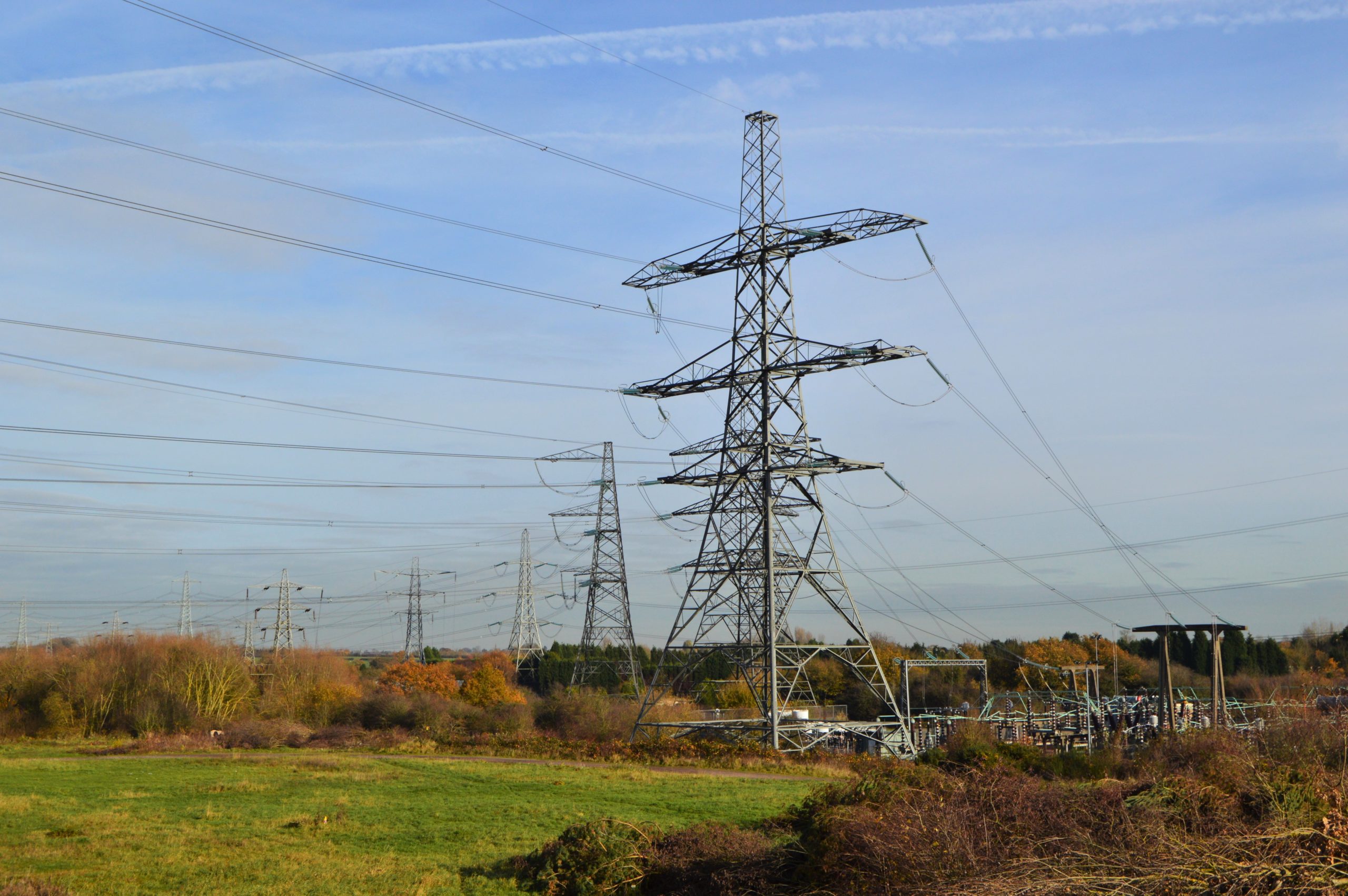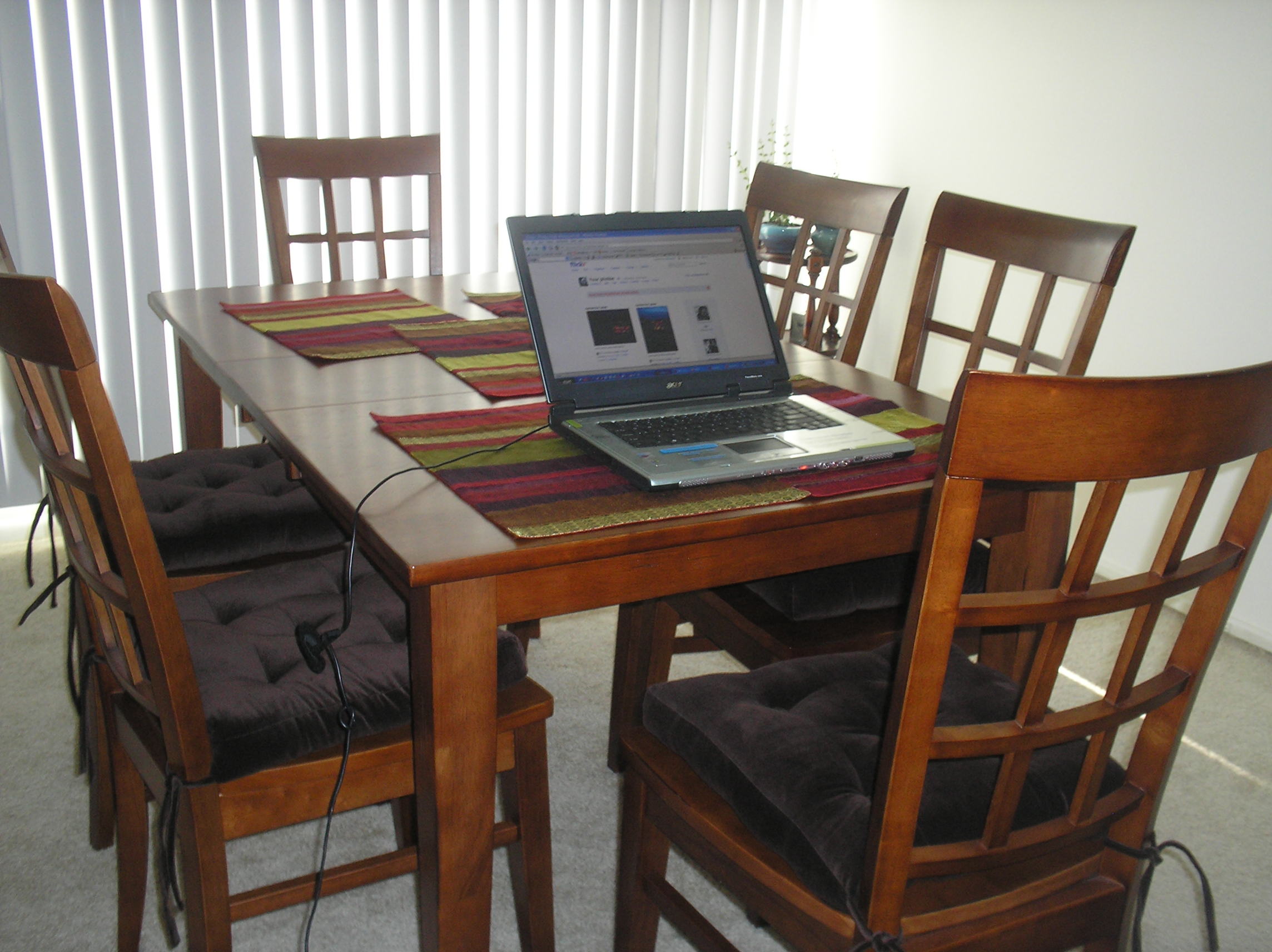In these uncertain times, we are confronted by a new model of operation, for most of us, which is working from home. As organizations and individuals transition to this new way of operation and activation of business continuity plans, putting our employees first and ensuring that they can deliver while working remotely is of utmost important. Unfortunately, the COVID-19 pandemic is not the only issue we have to deal with, we are faced with the nightmare of having to deal with the direct or indirect effects of a pandemic on overall productivity.
Electricity access rate in Kenya is currently estimated as at least 75 per cent according to the Ministry of Energy data. However, there are manifold challenges that face grid connectivity and dependence such as blackouts whose frequency worsens during rainy seasons between March to May and October to December for the short rains. That heavy rains are currently pounding most parts of the country characterised with floods, damage to property and loss of lives is not new to us. That power blackouts are becoming even more rampant in urban and rural areas is also not new. What is new is the fact that we must now deal with a pandemic’s effects while trying to cope with the peculiarity around us. Across social media platforms, Kenyans are voicing concerns daily over frequent outages and/or rising electricity bills as we strive to work from home and sustain online schooling for our children. Electricity as one form of energy access is therefore an essential service that must be supplied reliably in such difficult times.

Below are a few measures and tips on how we can adjust to power outages and get work done at home!
Tips to cope with frequent power-cuts and sky-rocketing bills
A simple and practical solution to help in coping with unreliable electricity supply was shared with me by a colleague. I probably did not give it much thought prior as power supply in my area is quite reliable. Having noticed that her region experiences frequent blackouts during day hours, she opted to wake up early and getting most work done before daylight. This has helped to avoid unproductive days of little to no work done. What this means is we may need to adjust and shift our work patterns in this season. If you are based in a region that frequently experiences day-hour blackouts, try to get most of your work (excluding teleconferencing) done at night if you can and vice versa. Unfortunately, this tip only applies if you experience shorter-duration outages in your area. For pre-planned blackouts due to maintenance, Kenya Power usually gives updates of regions that will experience outage ahead of time on the social media platforms. It might be helpful to keep an alert so that you can plan accordingly for such.
Ensure that all your electronic gadgets – especially the tools of work are charged to full capacity most of the time where applicable. If your laptop has a faulty battery it may be time to invest in new batteries. To avoid loss of unsaved work if using desktop computers, it might be important to invest in uninterruptible power supplies (UPS). Most of us have these at work and understand how useful they can be.
In a highly digitalized society, how do we ensure that internet access is not interrupted by the power disruptions while working at home? A good proportion of houses in urban areas are currently subscribed to home internet service providers (ISPs), such as Zuku and Safaricom Home Fibre, for unlimited internet connection. Unfortunately, these solutions also rely on electricity supply; no power, no internet. Most of us have been caught up in the discomfort that comes with having to be cut short in the middle of a teleconference or important meeting due to loss of Wi-Fi connectivity because your router is off. ISPs are aware of the predicament that comes with service provision dependent on national grid stability which implies reduced business revenue for ISPs if the national grid is down since routers would be off or signals would be lost. Existing solutions to consider are Mi-Fi routers since they are portable and mostly rely on 3G or 4G networks. Unfortunately, they allow a limited number of users and with relatively lower data speeds unlike Wi-Fi networks that are fast gaining preference for home connectivity – where multiple users can connect multiple devices and enjoy the comfort of fast-speed browsing and streaming unlimitedly at any given time.

We are equally faced with the challenge that is an increase in utility bills such as electricity as more people are spending more time at home. Unfortunately, our whisper wishes for the national distributor and off-taker – Kenya Power to reduce the cost of a unit of electricity for domestic consumer tariffs may not be forthcoming. While a regulator intervention demanding that costs are lowered with a cushion offered to the off-taker by the national government would be a welcome remedy, I do not foresee a significant reduction due to technical and economic reasons. What remains a solution while at home is to ensure that; we are not leaving electronic devices plugged into the power sources if not necessary, switch off any equipment not in use, minimize unnecessary use of heavier loads such as electric ovens, instant showers, electric kettles (if you must use but only needs one or two cups of water, don’t fill the kettle/jug to maximum limit), iron boxes and unnecessary water pumping to overhead tanks by conservatively using water and avoiding leakage of taps. To find more tips on how you can reduce energy consumption at home, visit the Kenya Power website. Lastly, it is important to mention that electricity unit pricing differs among domestic consumers based on average monthly consumption. This means your next door neighbor could easily be paying a cheaper amount per unit than you do! To know how much it costs you per unit of electricity (kWh), check EPRA’s approved 2018/2019 tariff schedule under domestic consumers below and above 10 units. You will realize that you pretty much determine what your bill should look like if all other factors are kept constant!




